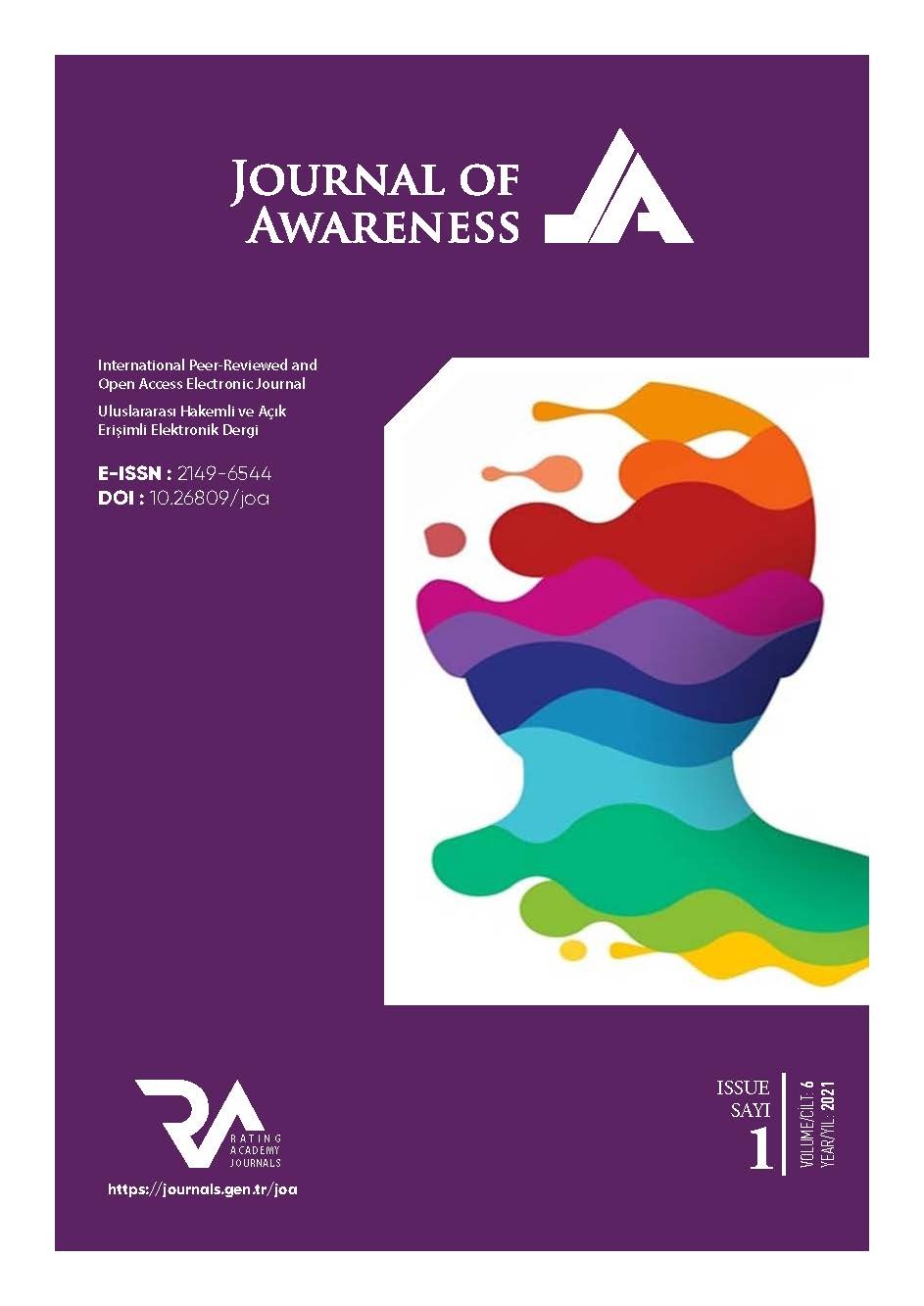ANALOGY OF THE COVID-19 CRISIS AND THE BOSNIAN WAR-SIEGE; PSYCHOLOGICAL, SOCIOLOGICAL AND POLITICAL SECURITY PERSPECTIVE
DOI:
https://doi.org/10.26809/joa.6.1.09Keywords:
War-Siege, Covid-19 Crisis, Bosnia and Herzegovina, Psychological-Sociological Perspective, Political Security, Extreme ConditionsAbstract
The study qualitatively explores the pandemic and Sarajevo War-Siege from the psychological, sociological, and political security perspectives. As a direct indicator of behavioral variability within extreme conditions, the author refers to structural interviews with war-siege participants. The citizens can recognize the 1990s in some manifestations of the pandemic, including crisis staff formation that reflects ethnopolitics (ethnic-political boundaries) rather than instills public confidence. Life in the conditions of radical changes leaves a trace that does not have to be exclusively emotional but cognitive. The state of war-siege meant deconstructing the pre-war way of life and new ways of coping with war conditions. Maintaining routines is a link to pre-war life; continuity of norms and values allows for mental stability maintenance. During the siege, people had an acute perception of space and time. Space was something where the danger came from and the time spent in that space needed to be reduced. We have similar functions during the pandemic, reflecting on people's thoughts. Those who have adequately gone through the trauma that lasted during the siege have adapted well to "extreme" conditions and can develop protective mechanisms. Human thought focuses on the repetitive and familiar in today's world, while some extreme event interprets as the exception; such exceptional events are crucial in creating the future. Regardless of the political system's axis, confidence in the political elites must be sufficient. Prevention of fear and panic in the war's geographical area should be based on quality peacetime preparation through education and psychological commitment.
Downloads
References
BAJTAL, E. (2015). DW. Djeca Sarajeva nisu slučajne žrtve š The children of Sarajevo are not accidental victims]. https://www.dw.com/bs/djeca-sarajeva-nisu-slu%C4%8Dajne-%C5%BErtve-rata/a-18496249 (Access Date: 8/10/2020)
BNN. (2020). Bosnian national network. Sličnosti emocija: Ratna opsada i krunska opsada Sarajeva [Similarities of Emotions: The War Siege and the Crown Siege of Sarajevo]. https://bnn.ba/vijesti/slicnosti-emocija-ratna-opsada-i-korona-opsada- Sarajevo (Access Date: 22.09.2020)
BRZEZINSKI, Z. (2007). Washington Post. Terrorized by War. https://www.washingtonpost.com/wpdyn/content/article/2007/03/23/AR2007032301613.html (Access Date: 22/09/2020)
CHU-LIEN CHAO, R. (2011). Managing Stress and Maintaining Well‐Being: Social Support, Problem‐Focused Coping, and Avoidant Coping, Journal of Counseling and Development, 87(2). 338-348.
CLARK, K. (1980). Civilization. London: BBC Books
FUREDI, F. (2006). Culture of fear Revisited. New York: Continuum
GALLUP. (2020). Gallup News. https://news.gallup.com/opinion/gallup/308126/roundup-gallup-covid- coverage.aspx (Access Date: 20/10/2020)
HADŽIĆ, F. (2020). Politicization of Religion and Sacralization of Balkan Nations Regarding Bosnia and Herzegovina, Occasional Papers on Religion in Eastern Europe, (OPREE), 40(7).105-131.
HADŽIĆ, F. (2020). Post-Yugoslav spaces between defective democracies, authoritarianism, and kleptocracies, International Affairs and Global Strategy, 86. 38-52.
HADŽIĆ, F. (2020). The European Union (EU) Political Identity Within the Migrant Crisis, and The Balkan – Bosnian Route; Xenophobia and Religious Identity. Research, Society and Development, 9(10). 1-30.
HADŽIĆ, F. (2020). The Influence of Social Media on Threats to Identity, Stability and National Security; Institutional Inefficiency and Vulnerability of B&H. Defendology. 45-46. 65-111. 10.7251/DEFEN4520067H
HADŽIĆ, F. (2020). The Political Psychology of Extremism; "Naturalness" of the Phenomenon in the Western Balkans. Technium Social Sciences Journal, 11(1), 250-267.
JONES, L. (2013). Then they started shooting: Children of the Bosnian War and the adults they become. New York: Bellevue Literary Press
JUGO, D. (2017). Menadžment kriznog komuniciranja, Zagreb, Školska knjiga
KARAVELIĆ, V. & RUJANAC, Z. (2008). Opsada i odbrana Sarajeva 1992.-1995. [Siege and defense of Sarajevo 1992-1995]. Sarajevo: Institut za istraživanje zločina protiv čovječnosti i međunarodnog prava univerziteta u Sarajevu
MAČEK, I, (2009). Sarajevo under Siege: Anthropology in Wartime. Philadelphia: University of Pennsylvania Press
MAZOWIECKI, T. (1994). The Sixth Periodic Report on the Situation of Human Rights in the Territory of former Yugoslavia. UN Commission on Human Rights. Geneva: E/CN.4/1994/110,
MINISTRY OF HEALTH. (2020). Federation of B&H Report. https://www.fmoh.gov.ba
MUŠIČ, S. (2020). Global analitika. Kroz rad i planiranje, BiH može ublažiti učinke koronavirusa. [Through work and planning, B&H can mitigate the effects of the coronavirus]. https://globalanalitika.com/zajednickim-radom-i-planiranjem-bosna-i-hercegovina- moze-ublaziti-posljedice-korona-virus/
OSMANOVIĆ, A. & ZVIZDIĆ, S. (2000). War-related traumatic experiences and psychosomatic reactions of younger adolescents. Sarajevo: The psychosocial consequences of war
POVRZANOVIĆ, M. (1997). Children, War and Nation: Croatia 1991-4. Journal of Global Child Research. 4(20). 81/101.
SCHEFFER, M. CHI XU, C. KOHLER, T. LENTON, T. & SVENNING, J. (2020). Future of the Human Climate Niche. PNAS. 117(21). 11350-11355.
SLOBODNA EUROPA. (2020). Slobodna Europa. Livno Canton withdrew the decision to ban the entry of B&H citizens. https://www.slobodnaevropa.org/a/30503753.html (Access Date: 20/10/2020)
SNYDER, C. & DINOFF, B. (1999). In C. R. Snyder (Ed.). Coping: Where Have You Been? Coping: The Psychology of What Works. New York: Oxford University Press.
SOFTIC, S. (2014). Aljazeera. Meliha Varešanović, žena na fotografiji koja Je očarala svijet [Meliha Varešanović, the woman in the photo who enchanted the world]. http://balkans.aljazeera.net/vijesti/meliha-varesanovic-zena-sa-fotografije-koja-je- ocarala-svijet (Access Date: 20/10/2020)
VNIITF. (2020). VNITF. The Second Nuclear Weapon Center of the Soviet Union. http://vniitf.ru/en (Access Date: 10/10/2020)
VUKOJEVIĆ, M. (2010). Dubrovnik u čast, Dubrovnik: Matica Hrvatska
WORLD HEALTH ORGANIZATION (2019). WHO. Mental Health Conditions in Conflict Situations are Much More. https://www.who.int/newsroom/commentaries/detail/mental-health-conditions-in-conflict-situations-are-much-more-widespread-than-we-thought (Access Date: 24/10/2020)
Downloads
Published
How to Cite
Issue
Section
License
Copyright (c) 2021 Holistence Publications

This work is licensed under a Creative Commons Attribution 4.0 International License.
When the article is accepted for publication in the Journal of Awareness, authors transfer all copyright in the article to the Rating Academy Ar-Ge Yazılım Yayıncılık Eğitim Danışmanlık ve Organizasyon Ticaret Ltd. Şti.The authors reserve all proprietary right other than copyright, such as patent rights.
Everyone who is listed as an author in this article should have made a substantial, direct, intellectual contribution to the work and should take public responsibility for it.
This paper contains works that have not previously published or not under consideration for publication in other journals.











